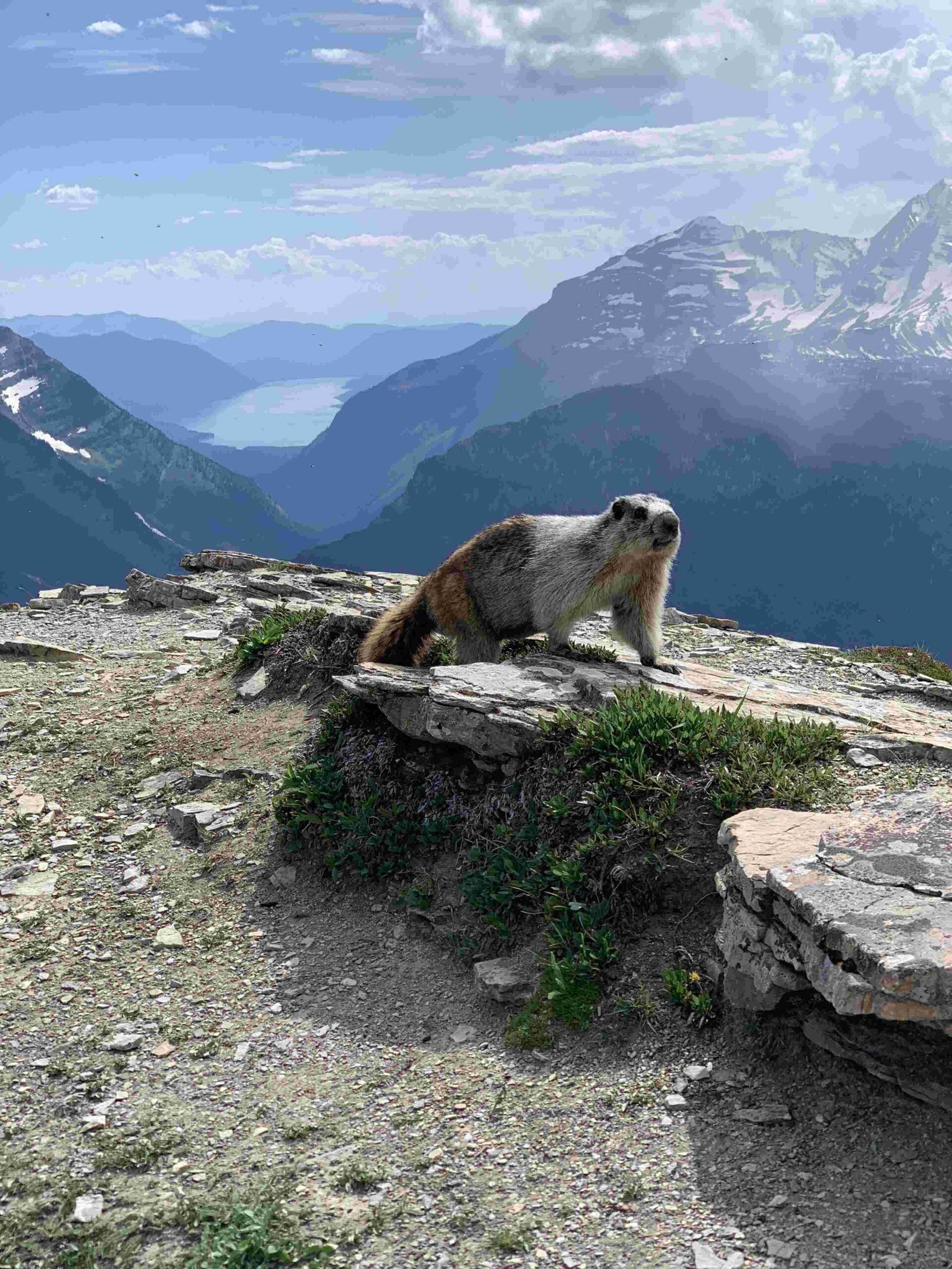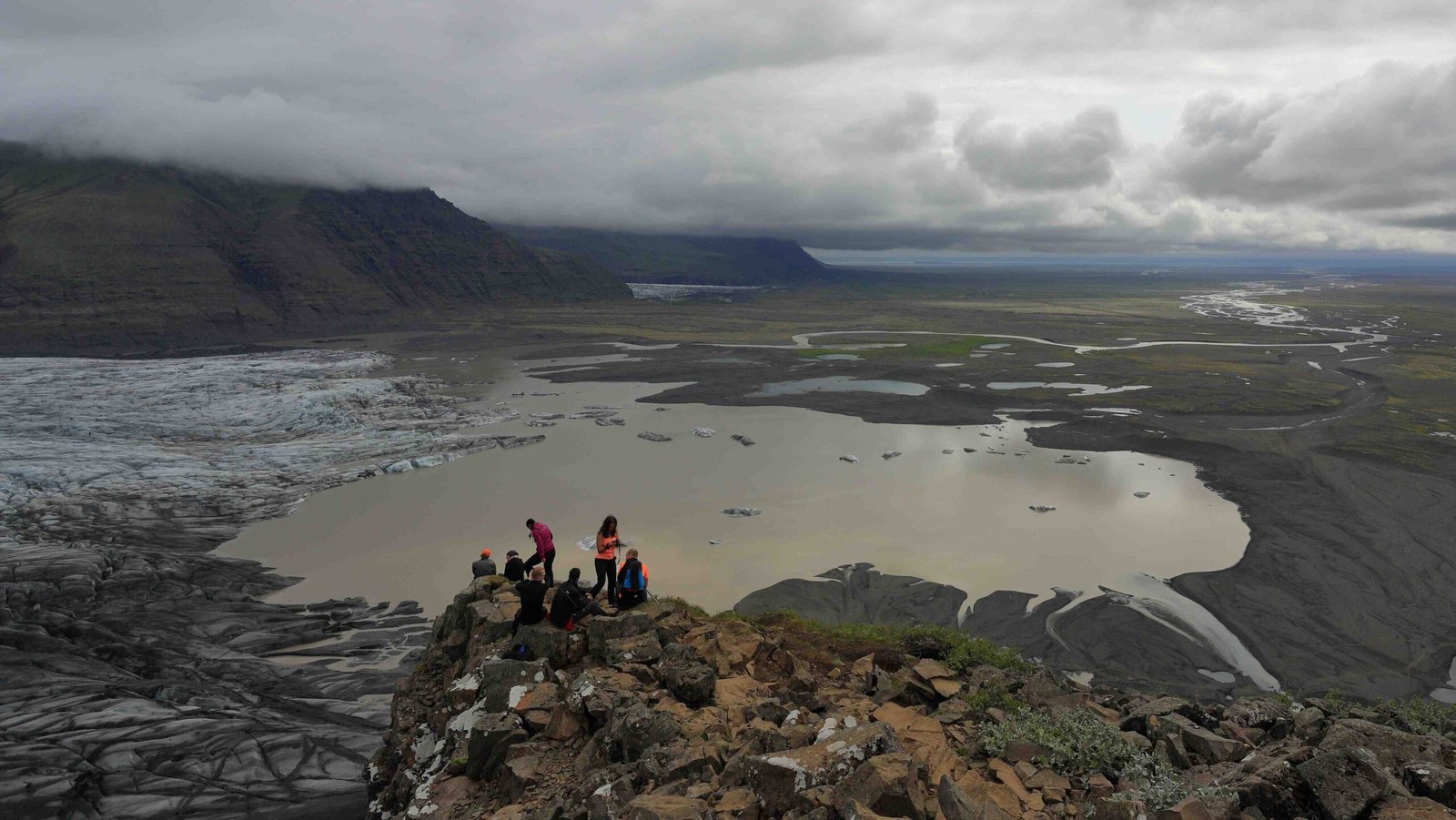Glacier National Park in Montana experiences diverse meteorological conditions throughout the year. From snowy winters to mild summers, the park’s weather plays a crucial role in shaping visitor experiences and accessibility. This comprehensive guide delves into current and historical weather patterns, precipitation trends, and climate-related challenges in Glacier National Park. Understanding the meteo Glacier National Park Montana is essential for planning your visit and ensuring a safe, enjoyable experience in this stunning natural wonderland.
What Are the Current Weather Conditions in Glacier National Park?

The current meteorological conditions in Glacier National Park, Montana for the next 7 days in November are as follows:
- Temperature:
- Daytime: 30°F (-1°C) to 38°F (3°C)
- Nighttime: 18°F (-8°C) to 22°F (-6°C)
- Wind Speed: Average of 9 km/h (5.6 mph)
- Humidity: Approximately 92%
- Sunlight: About 3 hours of bright sunshine daily (37% of daylight hours)
- Precipitation: 38% chance of rain or snow, averaging 0.43 inches (10.8 mm) when it occurs
These conditions reflect the typical autumn weather in the park, characterized by cool temperatures and a mix of rain and snow.
How Does the Climate Vary Throughout the Year?

Glacier National Park experiences significant climate variations across seasons:
- Winter (December – February):
- Coldest month: January
- Average high: 28°F (-2°C)
-
Heavy snowfall, especially in January
-
Spring (March – May):
- Mild temperatures
- Increased precipitation
-
Gradual snow melt at lower elevations
-
Summer (June – August):
- Warmest months
- Average highs: High 70s to low 80s°F (23°C to 27°C)
- Occasional days in the 90s°F (32°C to 38°C)
-
Driest period, especially July and August
-
Fall (September – November):
- Cooling temperatures
- Increasing precipitation
- November: Mix of rain and snow
| Season | Temperature Range | Precipitation | Notable Features |
|---|---|---|---|
| Winter | 18°F to 28°F (-8°C to -2°C) | Heavy snow | Best for winter sports |
| Spring | 30°F to 60°F (-1°C to 16°C) | Moderate rain | Wildflowers bloom |
| Summer | 70°F to 80°F (21°C to 27°C) | Low rainfall | Peak tourist season |
| Fall | 30°F to 60°F (-1°C to 16°C) | Mixed rain/snow | Fall foliage |
What Are the Precipitation Patterns in Glacier National Park?
Precipitation in Glacier National Park varies significantly throughout the year:
- Driest Months: July and August
- July: Average 1.6 inches of rainfall
-
August: Average 1.4 inches of rainfall
-
Wettest Month: June
- 43% chance of precipitation
-
Average 0.17 inches (4.2 mm) of rainfall per day
-
November Precipitation:
- 107 mm over 7 days
- Mix of rain and snow
-
613.6 cm of snowfall
-
Storm Frequency:
- Summer: Sudden thunderstorms
- Winter: Frequent snow showers
- November: 38% daily chance of rain or snow
These precipitation patterns significantly impact park activities and accessibility, with summer being ideal for hiking and water sports, while winter offers opportunities for snowshoeing and cross-country skiing.
How Does Weather Affect Park Accessibility?
Weather conditions in Glacier National Park can significantly impact accessibility:
- Road Conditions:
- November: Many roads begin to close due to snow and ice
- Primary entry point: West Glacier
-
Going-to-the-Sun Road: Often closed from mid-October to June
-
Trail Accessibility:
- Higher elevation trails: May be closed or difficult to access due to snow and ice
-
Lower elevation trails: Generally more accessible year-round
-
Safety Considerations:
- Winter: Be prepared for cold temperatures and potential snowstorms
-
Summer: Watch for sudden thunderstorms, especially in the afternoons
-
Visitor Services:
- Many facilities close or reduce hours during the winter months
- Full services typically available from late May to early September
It’s crucial to check the park’s official website for up-to-date information on trail and road conditions before visiting, especially during transitional seasons like spring and fall.
What Should Visitors Pack for Different Seasons?
Packing appropriately for the meteo Glacier National Park Montana is essential for a comfortable and safe visit:
Winter (December – February):
- Heavy winter coat
- Insulated boots
- Warm layers (thermal underwear, fleece)
- Hat, gloves, and scarf
- Snow gear for winter activities
Spring (March – May):
- Waterproof jacket
- Layers for varying temperatures
- Sturdy hiking boots
- Rain gear
- Sunscreen and sunglasses
Summer (June – August):
- Light, breathable clothing
- Sun protection (hat, sunscreen, sunglasses)
- Light jacket for cool evenings
- Hiking boots
- Insect repellent
Fall (September – November):
- Warm layers
- Waterproof jacket
- Sturdy boots
- Gloves and hat
- Binoculars for wildlife viewing
Remember to always carry extra food, water, and emergency supplies, regardless of the season, as weather conditions can change rapidly in the park.
How Does Climate Change Impact Glacier National Park?
Climate change is significantly affecting the meteo Glacier National Park Montana:
- Glacier Retreat:
- Since 1966, average glacier size has decreased by 39%
-
Some glaciers have lost up to 85% of their area
-
Temperature Increase:
- Average temperatures have risen 2°C since 1900
-
Rate of warming is 1.8 times the global average
-
Precipitation Changes:
- More precipitation falling as rain instead of snow
-
Earlier spring snowmelt
-
Ecosystem Shifts:
- Tree line moving to higher elevations
-
Changes in plant and animal species distribution
-
Increased Fire Risk:
- Longer, more intense fire seasons
- Greater vulnerability of forests to insect infestations
These changes are reshaping the park’s landscape and ecosystems, potentially altering visitor experiences in the coming decades.
Understanding the meteo Glacier National Park Montana is crucial for planning a safe and enjoyable visit. By staying informed about current conditions and long-term climate trends, visitors can better appreciate the park’s dynamic environment and the challenges it faces in a changing climate.
References:
1. https://glaciertourbase.com/travel-tips/year-round-weather-in-glacier-national-park
2. https://wanderlog.com/weather/58773/11/glacier-national-park-weather-in-november
3. https://www.whereandwhen.net/when/north-america/united-states/glacier-national-park-montana/november/